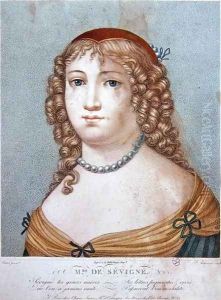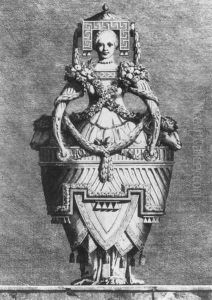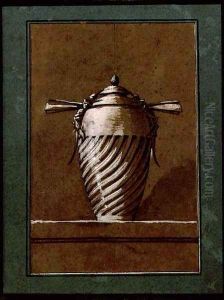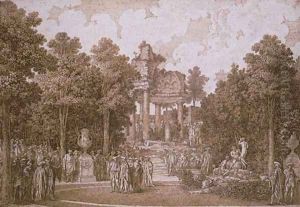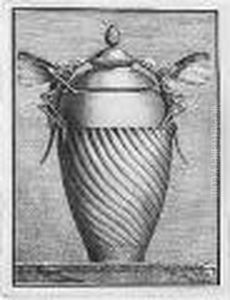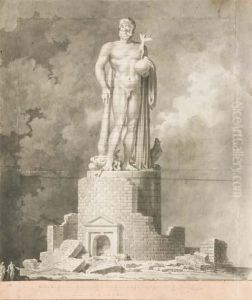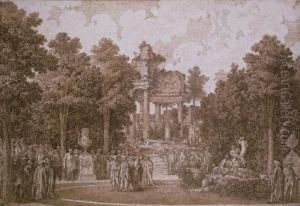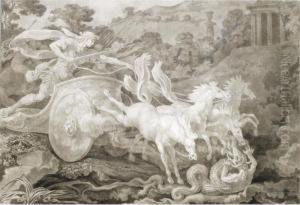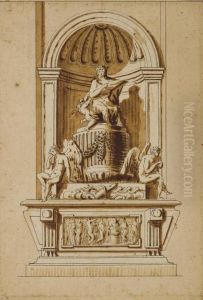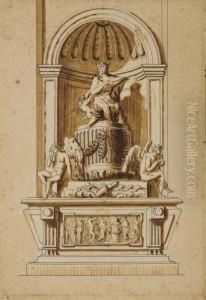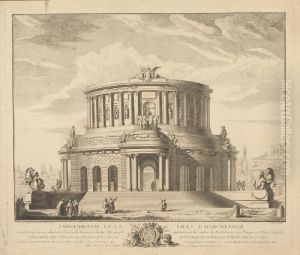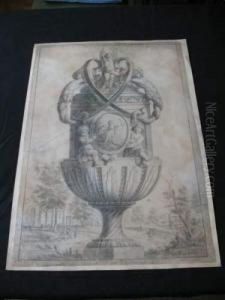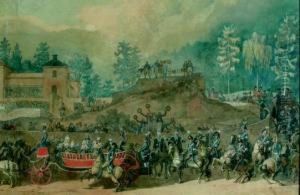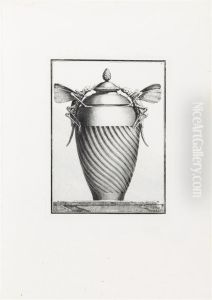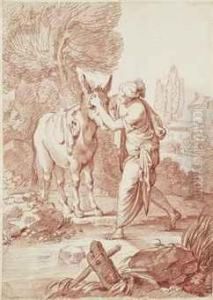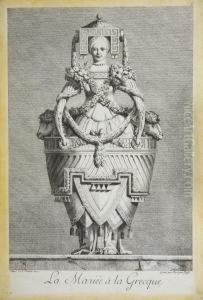Ennemond-Alexandre Petitot Paintings
Ennemond-Alexandre Petitot, born in 1727 in Lyon, France, emerged as a significant figure in the 18th-century European art scene, particularly renowned for his contributions to the Rococo and Neoclassicism movements. His early life was marked by an immersion in the arts, initially influenced by his family's artistic background. Petitot's journey into the world of art began under the tutelage of local artists in Lyon, but his ambition soon led him to seek broader horizons.
In pursuit of advanced training and greater exposure, Petitot moved to Paris, where he became a student at the prestigious Académie Royale de Peinture et de Sculpture. His time in Paris was transformative, allowing him to refine his skills and develop a distinct style characterized by intricate designs and an elegant interpretation of classical themes. His talent did not go unnoticed, and he quickly garnered the attention of influential patrons and fellow artists.
The pivotal moment in Petitot's career came when he was invited to the court of Parma, Italy, by the Prime Minister, Guillaume du Tillot, a fervent patron of the arts who was instrumental in the cultural revitalization of the Duchy under the rule of Duke Philip. In Parma, Petitot was appointed as the court architect and designer, a role that allowed him to exert considerable influence on the artistic landscape of the region. He was tasked with designing buildings, gardens, and decorative schemes that reflected the enlightened ideals of his patrons, blending Rococo frivolity with the emerging Neoclassical clarity and simplicity.
Among Petitot's most notable contributions during this period was his involvement in the decoration and architectural design of the Palazzo Ducale and the Teatro Farnese in Parma. His work exemplified the transition from the ornate Rococo to the more restrained Neoclassical style, showcasing his versatility and innovative approach to design.
Despite his success in Italy, the political upheavals of the late 18th century, including the French Revolution and the subsequent Napoleonic Wars, cast a long shadow over Petitot's final years. He witnessed the transformation of Europe's political and cultural landscapes, which inevitably influenced his later works and the legacy he left behind.
Petitot passed away in 1801, leaving behind a rich body of work that continues to be celebrated for its artistic merit and historical significance. His contributions to the development of Neoclassicism and his role in the cultural life of Parma have cemented his place in the annals of art history. Through his designs, Petitot not only captured the aesthetic shifts of his time but also contributed to the broader European artistic discourse, bridging the gap between the Rococo's whimsy and the Neoclassical era's emerging rationalism.
